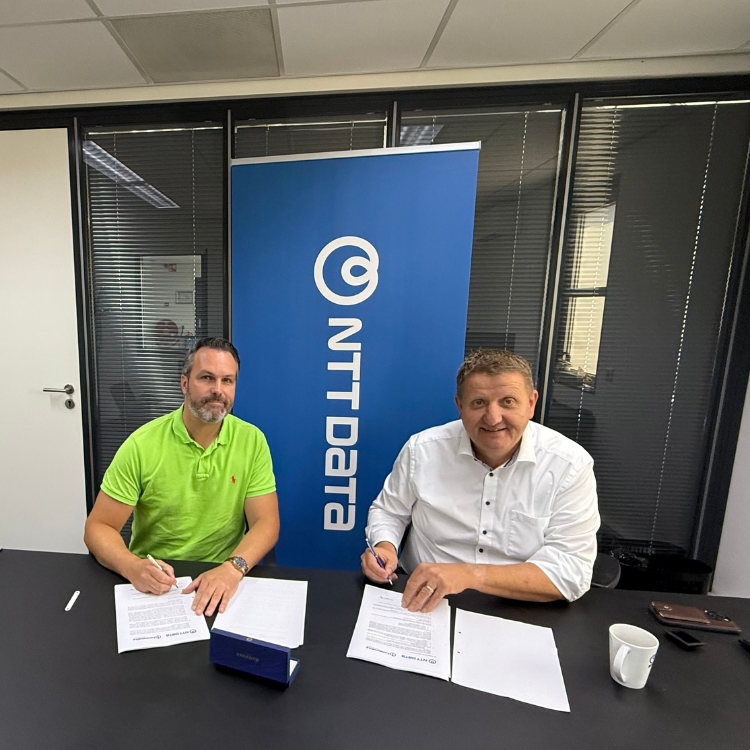Achieving secure OT/IT integration in vital infrastructures
OT/IT integration enhances efficiency and monitoring but also introduces cyber risks. OT systems, traditionally isolated, are increasingly connected to IT through controlled interfaces. Segmentation models such as the Purdue Model support structured and secure integration. Technologies like the MagiCtwin Data Diode and MagiCtwin Firewall² protect OT networks against IT-originating threats, ensure continuity, and support compliance with stricter cybersecurity requirements.

OT/IT Integration: Opportunities and Risks
Operational Technology (OT) and Information Technology (IT) play a vital role in critical sectors such as oil & gas, energy & power, nuclear, and water. IT manages data and communication, while OT controls physical processes like energy production, water distribution, and industrial automation.
Integrating these domains offers advantages in terms of efficiency and monitoring. Organizations can, for example, perform real-time analytics on OT data to optimize performance and operations.
At the same time, this convergence introduces new cybersecurity risks. OT systems, traditionally isolated, are now increasingly connected to IT networks. This raises the risk of cyberattacks spreading from IT into OT environments, potentially resulting in production outages, manipulation of processes, or physical damage to infrastructure.
Challenges in Secure OT/IT Integration
IT and OT have fundamentally different priorities: IT focuses on data security and integrity, while OT is primarily concerned with physical safety and the continuity of operational processes. When these domains are integrated, tensions can arise. Without clearly defined boundaries and tightly controlled access points, vulnerabilities can emerge that compromise the security of both environments.

OT/IT Integration: Opportunities and Risks
To ensure secure and manageable interaction between IT and OT, the Purdue Model is often used. This model divides industrial networks into hierarchical levels, ranging from field equipment (Level 0) to enterprise IT systems (Levels 4 and 5). Each layer has specific functions and security requirements. A misstep in integration can allow threats from higher IT layers to infiltrate critical OT systems.
Cyber threats vary by sector. In oil & gas, attacks can halt refineries and disrupt supply chains. In the energy sector, ransomware can lead to large-scale blackouts. Nuclear facilities demand maximum security to maintain operational control, while in the water sector, cyber incidents can have immediate consequences for public health and the environment.
How Physical Separation Enables Secure OT/IT Integration
An effective strategy begins with clear boundaries between IT and OT—not full isolation, but carefully controlled interactions. Physical separation using technologies like the MagiCtwin Data Diode offers a robust solution.
With a one-way connection, data can safely flow from OT to IT without granting IT networks access to OT systems. This prevents cyberattacks from reaching OT environments, while still enabling monitoring and optimization of industrial processes. Additionally, a data diode prevents "side channel attacks," as there is no physical data return path. In sectors like energy and water management, this approach is critical, as service continuity is directly linked to societal stability.
Practical Benefits of Secure Integration
Controlled OT/IT integration provides not only protection against cyber threats but also improves operational efficiency. By making OT data available to IT systems, organizations can optimize processes and reduce costs. It also supports compliance with regulations such as the NIS2 Directive and ISO 27001.
A crucial addition in the event of a compromised IT network is a "red button" mechanism that instantly disconnects IT from OT. At the same time, the data diode ensures that essential metadata continues to flow safely from OT to IT, keeping industrial operations running smoothly. This guarantees both security and continuity.
Sector-Specific Applications of Secure OT/IT Integration
- Oil & Gas: Enables real-time analysis and optimization of production and distribution while protecting OT from external threats.
- Energy Companies: Facilitates safe data access for monitoring without endangering critical infrastructure integrity.
- Nuclear Facilities: Require strictly managed OT/IT separation to ensure safety and regulatory compliance.
- Water Authorities: Use OT/IT integration to efficiently manage water flows and pumps, with physical separation guarding against cyberattacks.
Why Investing in Secure Integration Is Essential
Secure OT/IT integration is a strategic investment that enhances resilience against both cyber threats and operational risks. By choosing technologies like MagiCtwin, which meet European security standards, companies reinforce their digital sovereignty and ensure long-term protection of infrastructure.
The combination of physical separation and controlled data exchange allows organizations to reap the benefits of integration without compromising on safety.
Conclusion: Build a Secure Future Through OT/IT Integration
OT/IT integration presents opportunities for innovation and efficiency—but also introduces risks. By investing in solutions like MagiCtwin, which blend physical separation with controlled data exchange, organizations can minimize cyber threats, ensure operational continuity, and meet regulations such as NIS2 and ISO 27001.
With a future-proof strategy, they not only protect their systems but also their reputation and the continuity of the vital services they provide.
// Experience the power of MagiCtwin yourself
Discover how MagiCtwin secures your IT/OT network with physical separation and certified proxies. Request a free demo and experience how simple and effective secure IT/OT integration can be.
// Contact me










